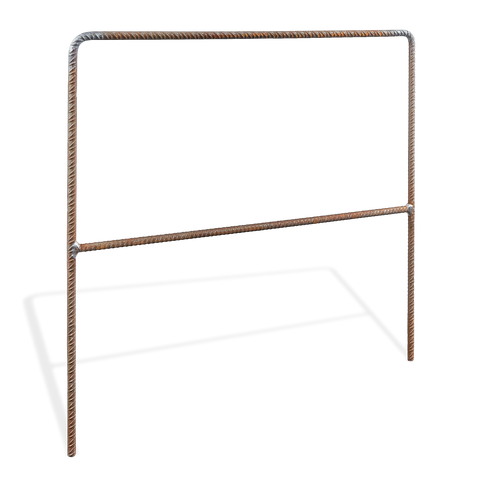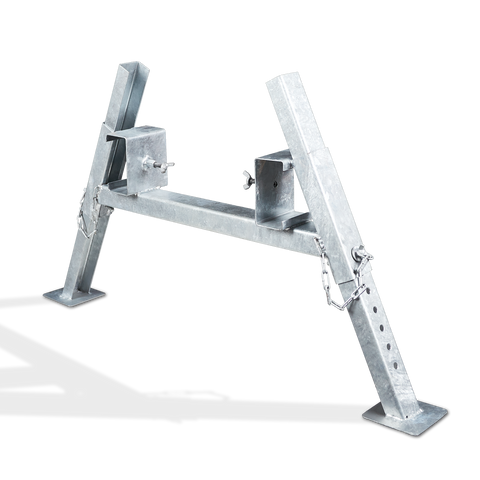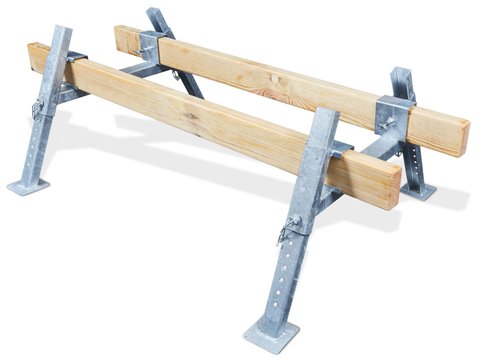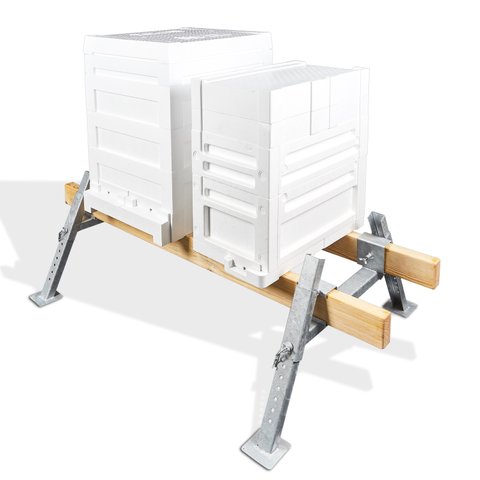|
Quantity
|
Out of stock
|
||
|
|
|||
Hive Stands
Proper placement of hives is a key factor for successful beekeeping. Hive stands help provide optimal conditions for bees by protecting them from moisture, pests, and other external factors. In this article, we will explore the benefits of using hive stands, their types, and answer the most common questions.
Benefits of Using Hive Stands
Hive stands offer many advantages that contribute to the productivity of the apiary and the health of the bee colonies:
- Protection from moisture: Hive stands raise the hives off the ground, helping to prevent moisture from getting inside and avoiding the rotting of wooden structures.
- Protection from pests: Elevated hives are less susceptible to attacks from ants and other ground pests.
- Ease of maintenance: Working with hives placed on stands becomes more convenient, as there is no need to bend low to the ground.
- Improved ventilation: Stands provide better air circulation around the hive, promoting the health of the bee colonies.
- Protection from frost: Elevated hives are less prone to freezing during the winter period.
Types of Hive Stands
There are several types of hive stands, differing in materials, construction, and functionality:
- Rebar stands: Made from durable metal, these stands provide reliable support and longevity. They are resistant to corrosion and can be used in any conditions.
- Adjustable height stands: These stands allow you to adjust the height of the hive according to the beekeeper's needs. They are convenient to use and help optimize the workflow.
- Wooden stands: Traditional stands that are easy to make yourself. They are environmentally friendly but may require additional protection from moisture and pests.
How to Choose a Hive Stand?
When choosing a hive stand, several important aspects should be considered:
- Material: The choice of material depends on the operating conditions. Metal stands are suitable for harsher conditions, while wooden stands are better used in dry and warm climates.
- Height: The optimal height of the stand depends on the ease of maintenance and ensuring proper ventilation.
- Stability: The stand must be stable enough to support the weight of the hive and ensure its stability.
Installing Hive Stands
Proper installation of hive stands is key to providing suitable conditions for bee colonies. Installation involves several steps:
- Site preparation: Choose a level and dry place for installing the stand. Avoid areas with constant moisture or strong winds.
- Assembly: Install the stand on the prepared site, ensuring its stability and reliability.
- Placing the hive: Place the hive on the stand, ensuring its correct placement and fixation.
The use of hive stands is an important element for ensuring the health and productivity of bee colonies. Choosing the right type of stand, its installation, and maintenance will help optimize the operation of the apiary and increase honey yields. Thanks to the stands, the conditions for the bees can be significantly improved, providing them protection from moisture, pests, and other negative impacts.













